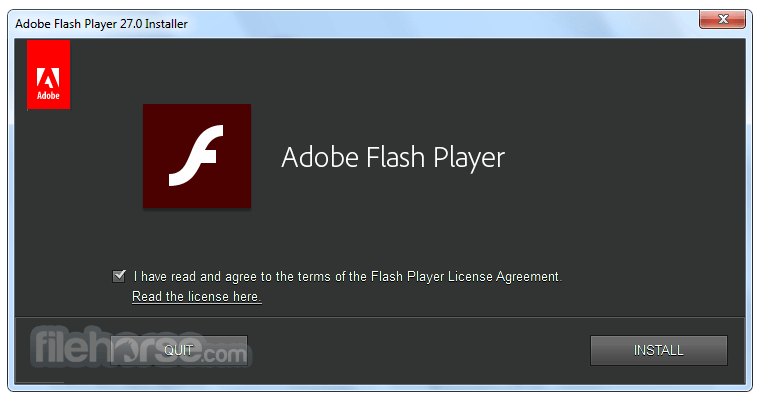

Thus, companies like Mozilla or Google withdrew the support from their browsers (Firefox and Chrome) joining others that had already left Flash to one side. Nevertheless, over the last few years, several controversies have appeared concerning Flash vulnerabilities and how the latter could be exploited by cybercriminals to gain remote access to a computer. Sites like YouTube or other video or online gaming webs have taken advantage of this platform to bring their content to any browser. The technology developed by Adobe has helped to boost the multimedia side of the Internet for many years.

The plug-in to play multimedia web contents that was almost a must. Its main advantage regarding its competitors is that it allowed us to reduce the bandwidth necessary and, therefore, the loading time of all these applications.

This multimedia player was initially created to show vector animations in two dimensions but ended up becoming the favorite support for developers to create web applications that also included audio, video, and interactive elements. Back in 1996, Macromedia brought out Flash Player, which was later acquired by Adobe.


 0 kommentar(er)
0 kommentar(er)
